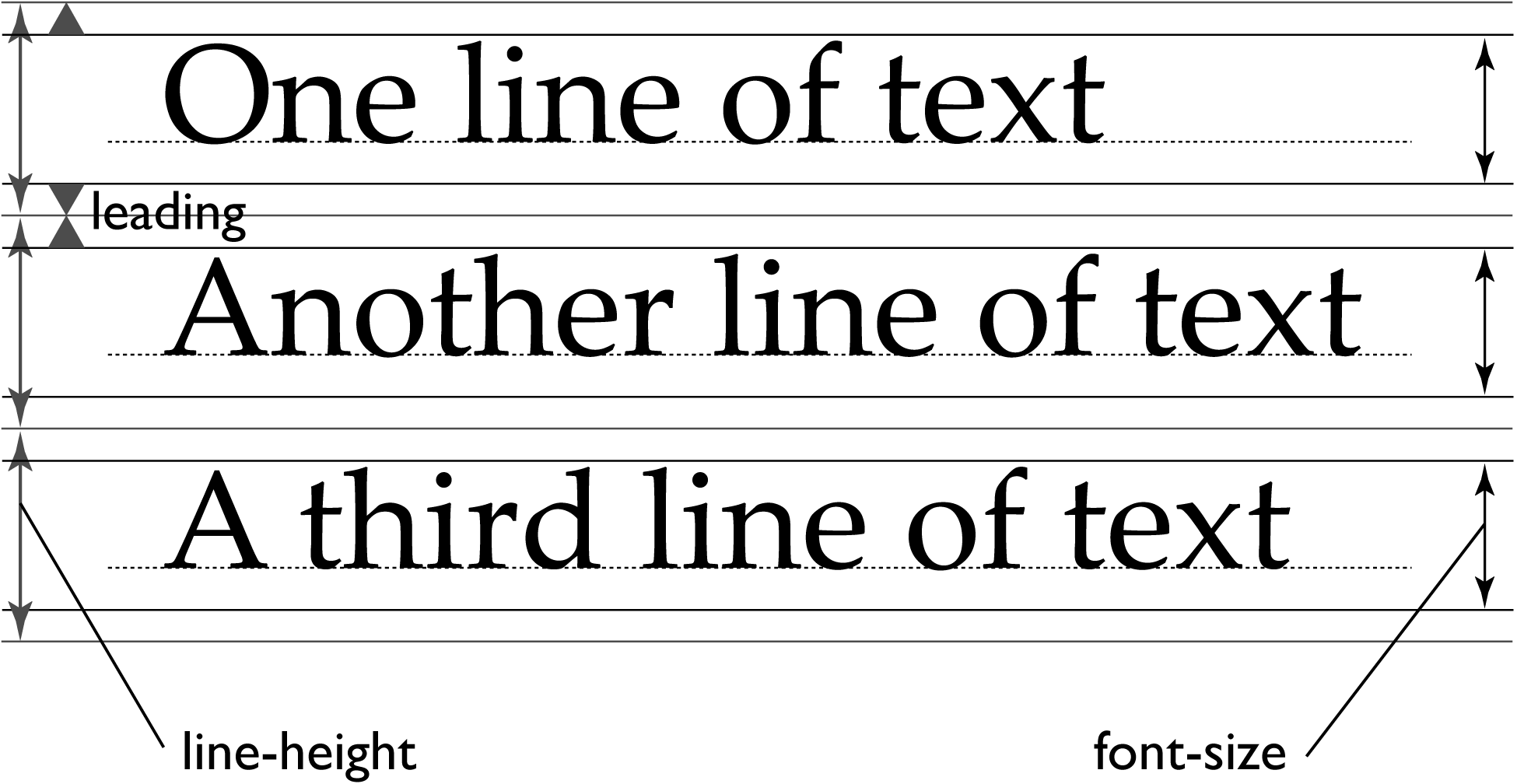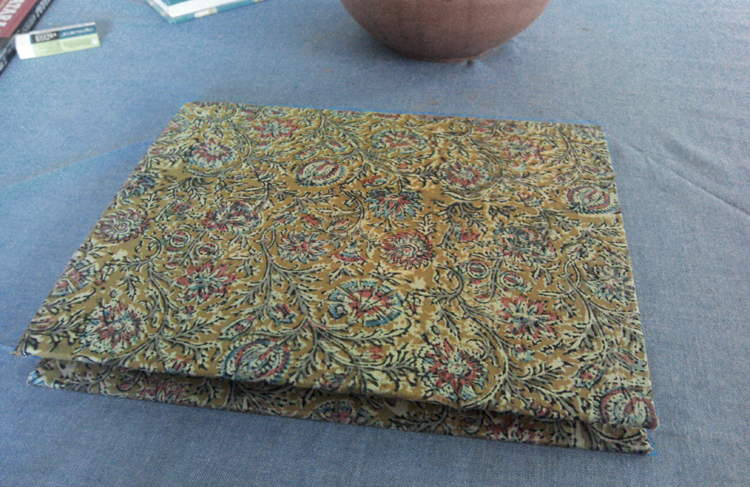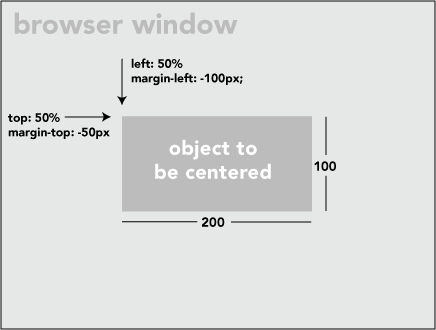
In other words, you can’t just choose a single font, such as Lists just described a typical choice is something like “Arial, Helvetica, When you apply a font to text, you have to choose from one of the prepackaged You’ll soon discover that Dreamweaver’s font menus aren’t quite what you’re used In either case, you’re actually either creating a new style as described on Creating Styles or updating an existing style. Window’s Font-family menu ( Figure 4-12). You can use either the Font menu in the Property inspector’s CSS mode ( Figure 4-3) or the CSS Rule Definition Lists of such “first choice, second choice, third choice” fonts, as you’ll find out in Too, if the preferred font isn’t available. You can specify secondary or tertiary font choices, You’d like to use if your viewer’s computer has the specified font Graphic images-unfortunately that process takes time and forces your web visitors toĭownload byte-hogging images just to read your web page. You can deal with this dilemma several ways. Your visitor’s web browser shows your text in a default font, which is usually some Specify any font you want in a web page, but it doesn’t show up onĪ viewer’s computer unless she’s installed the same font on her system.

On the Web, you’re in the same predicament. Fonts show up in a distributed document only if each recipient He’ll see some default font on hisĬomputer-Times, perhaps. That’sīecause he doesn’t own the same fonts. He won’t see anything resembling the memo on your screen. In Nome, Alaska, you’re in for a rude surprise when you email the document to your boss.

For example, if you create a beautifulĭocument in Microsoft Word, using fancy fonts you just bought from a small font company Sadly, it carries some of the same drawbacks.

Formatting fonts for the Web is very much like using fonts in a word processor.


 0 kommentar(er)
0 kommentar(er)
